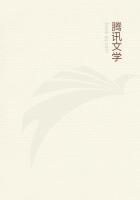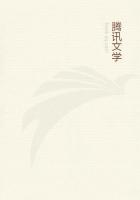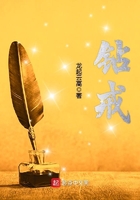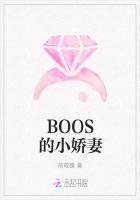In point of fact, both as regards the head and the claws it more resembles the pigeon. However, in colour and in colour alone it does resemble the hawk, only that the markings of the hawk are striped, and of the cuckoo mottled. And, by the way, in size and flight it resembles the smallest of the hawk tribe, which bird disappears as a rule about the time of the appearance of the cuckoo, though the two have been seen simultaneously. The cuckoo has been seen to be preyed on by the hawk; and this never happens between birds of the same species. They say no one has ever seen the young of the cuckoo. The bird eggs, but does not build a nest. Sometimes it lays its eggs in the nest of a smaller bird after first devouring the eggs of this bird; it lays by preference in the nest of the ringdove, after first devouring the eggs of the pigeon. (It occasionally lays two, but usually one.) It lays also in the nest of the hypolais, and the hypolais hatches and rears the brood. It is about this time that the bird becomes fat and palatable. (The young of hawks also get palatable and fat. One species builds a nest in the wilderness and on sheer and inaccessible cliffs.)8With most birds, as has been said of the pigeon, the hatching is carried on by the male and the female in turns: with some birds, however, the male only sits long enough to allow the female to provide herself with food. In the goose tribe the female alone incubates, and after once sitting on the eggs she continues brooding until they are hatched.
The nests of all marsh-birds are built in districts fenny and well supplied with grass; consequently, the mother-bird while sitting quiet on her eggs can provide herself with food without having to submit to absolute fasting.
With the crow also the female alone broods, and broods throughout the whole period; the male bird supports the female, bringing her food and feeding her. The female of the ring-dove begins to brood in the afternoon and broods through the entire night until breakfast-time of the following day; the male broods during the rest of the time. Partridges build a nest in two compartments; the male broods on the one and the female on the other. After hatching, each of the parent birds rears its brood. But the male, when he first takes his young out of the nest, treads them.
9Peafowl live for about twenty-five years, breed about the third year, and at the same time take on their spangled plumage. They hatch their eggs within thirty days or rather more. The peahen lays but once a year, and lays twelve eggs, or may be a slightly lesser number: she does not lay all the eggs there and then one after the other, but at intervals of two or three days. Such as lay for the first time lay about eight eggs. The peahen lays wind-eggs. They pair in the spring; and laying begins immediately after pairing. The bird moults when the earliest trees are shedding their leaves, and recovers its plumage when the same trees are recovering their foliage.
People that rear peafowl put the eggs under the barn-door hen, owing to the fact that when the peahen is brooding over them the peacock attacks her and tries to trample on them; owing to this circumstance some birds of wild varieties run away from the males and lay their eggs and brood in solitude. Only two eggs are put under a barn-door hen, for she could not brood over and hatch a large number. They take every precaution, by supplying her with food, to prevent her going off the eggs and discontinuing the brooding.
With male birds about pairing time the testicles are obviously larger than at other times, and this is conspicuously the case with the more salacious birds, such as the barn-door cock and the cock partridge; the peculiarity is less conspicuous in such birds as are intermittent in regard to pairing.
10
So much for the conception and generation of birds.
It has been previously stated that fishes are not all oviparous.
Fishes of the cartilaginous genus are viviparous; the rest are oviparous. And cartilaginous fishes are first oviparous internally and subsequently viviparous; they rear the embryos internally, the batrachus or fishing-frog being an exception.
Fishes also, as was above stated, are provided with wombs, and wombs of diverse kinds. The oviparous genera have wombs bifurcate in shape and low down in position; the cartilaginous genus have wombs shaped like those of O birds. The womb, however, in the cartilaginous fishes differs in this respect from the womb of birds, that with some cartilaginous fishes the eggs do not settle close to the diaphragm but middle-ways along the backbone, and as they grow they shift their position.
The egg with all fishes is not of two colours within but is of even hue; and the colour is nearer to white than to yellow, and that both when the young is inside it and previously as well.
Development from the egg in fishes differs from that in birds in this respect, that it does not exhibit that one of the two navel-strings that leads off to the membrane that lies close under the shell, while it does exhibit that one of the two that in the case of birds leads off to the yolk. In a general way the rest of the development from the egg onwards is identical in birds and fishes.
That is to say, development takes place at the upper part of the egg, and the veins extend in like manner, at first from the heart; and at first the head, the eyes, and the upper parts are largest; and as the creature grows the egg-substance decreases and eventually disappears, and becomes absorbed within the embryo, just as takes place with the yolk in birds.

